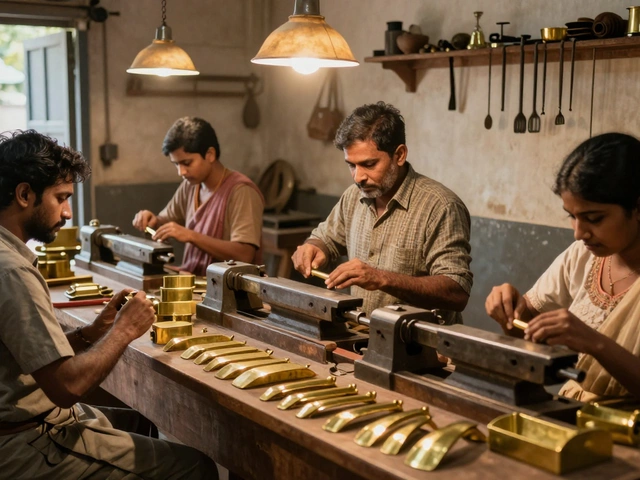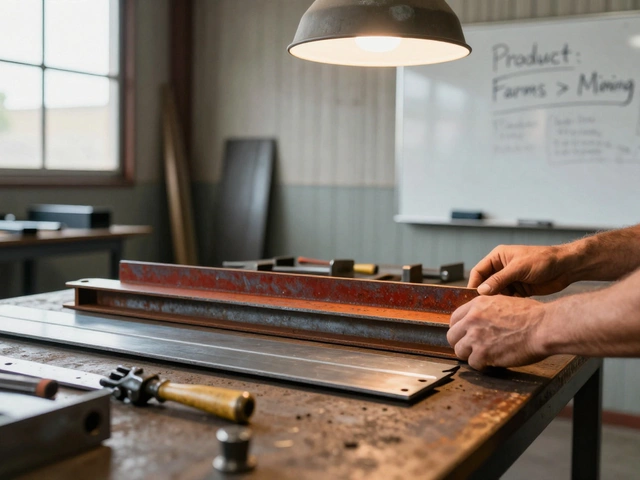Import Furniture From India: Your Quick Start Guide
Thinking about bringing Indian furniture into your store or home? You’re not alone. Buyers love the mix of craftsmanship, modern design, and price advantage Indian makers offer. This guide walks you through the whole process – from scouting factories to clearing customs – so you can avoid common headaches.
Finding the Right Manufacturer
Start on platforms like IndiaMART, TradeIndia, or even LinkedIn. Look for companies with a solid portfolio, clear photos of past work, and client testimonials. Ask for a sample catalog and, if possible, a small sample piece. A reliable maker will gladly share compliance certificates (like ISI or CE) and details about the wood or material they use.
Negotiating Price and Payment Terms
Pricing in India can be flexible, especially for bulk orders. Get at least three quotes and compare not just the per‑unit cost but also shipping, insurance, and any handling fees. Many suppliers accept a 30% advance with the balance on delivery; however, a Letter of Credit (LC) adds safety for larger shipments.
Don’t forget to factor in Indian GST (18% on most goods) and the import duty that India imposes on furniture destined for your country. Use a duty calculator specific to your destination to avoid surprises.
Shipping Choices and Logistics
Sea freight is the cheapest for large orders, but it takes 4‑6 weeks. Air freight is fast (1‑2 days) but can double the cost. Work with a freight forwarder who knows both Indian ports (like Nhava Sheva) and your local customs office. They’ll handle the Bill of Lading, container loading, and any required phytosanitary certificates.
When the cargo arrives, your customs broker will need the commercial invoice, packing list, and the supplier’s export license. Prepare these documents in advance to speed up clearance.
Quality Checks and Compliance
Before the goods leave the factory, arrange a third‑party inspection. Companies like SGS or Bureau Veritas can verify dimensions, finish, and safety standards. A quick check now saves you from costly returns later.
If you sell in markets with strict fire safety rules (e.g., the EU), ask the manufacturer for fire‑retardant treatment certificates. Many Indian factories already produce furniture that meets global standards.
After‑Sale Support
Good suppliers will offer post‑sale service – think warranty paperwork, spare parts, or even a local contact for trouble‑shooting. Keep all communication on email so you have a paper trail if disputes arise.
In summary, importing furniture from India isn’t rocket science. Pick a verified maker, lock down clear terms, plan your shipping, and run a quality check before the container closes. Follow these steps and you’ll enjoy stylish, affordable pieces without the usual import drama.
How to Import Furniture from India to the USA: Shipping Tips, Legal Hurdles, and Real Costs
Learn if you can bring furniture from India to the USA. Tips on paperwork, shipping options, customs, costs, and common pitfalls. All you need before moving.
Read More




